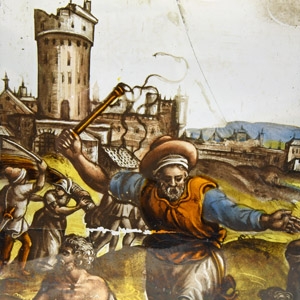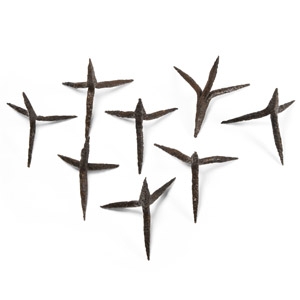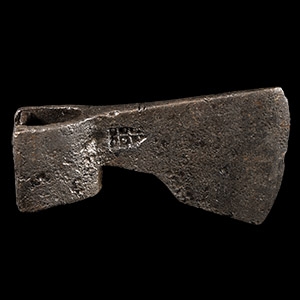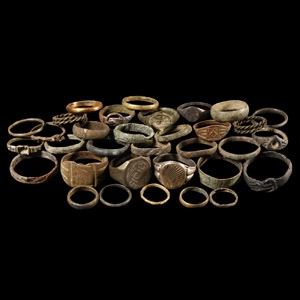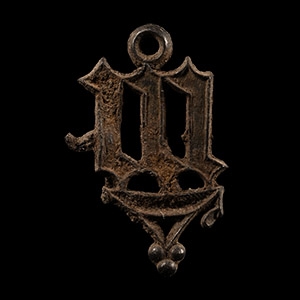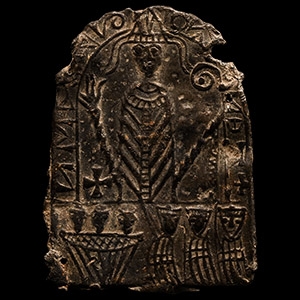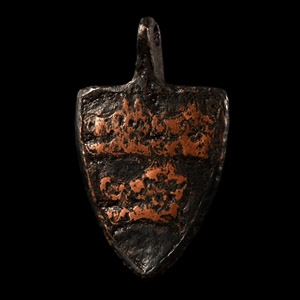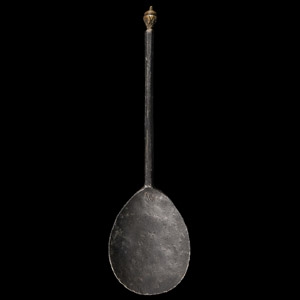Home > Auctions > 23 - 27 May 2023
Ancient Art, Antiquities, Natural History & Coins
Auction Highlights:
Private collection, Paris.
Acquired 1971-1972.
From the collection of the vendor's father.
Property of a London, UK, collector.
Cf. Žákovský, P., ‘Caltrop. Contribution to the knowledge of one neglected weapon’ in Studia Minora Facultatis Philosophicae Universitatis Brunensis, M 12-13, 2007-2008, pp.115-132, fig.9, no.4 (type 3 of Žákovský classification).
Acquired 1990s-early 2000s.
East Anglian private collection.
Cf. Van Beuningen, H.J.E., Heilig En Profaan: 1000 Laat-Middeleleeuwse Insignes, Rotterdam Papers VIII, A Contribution to Medieval Archaeology, Netherlands, 1993, p.145, for type.
In 1383 AD, after fire in the town of Bad Wilsnack, Germany) three consecrated communion hosts were found undamaged in the ruins of the church. According to the legend, they were sprinkled with the Holy Blood of Christ, which made Bad Wilsnack a famous pilgrimage site. The resultant pilgrim badges were distinctive in shape with three circles arranged in a triangle and painted in red, referring to this miracle. Although the miracle was doubted by Reformation period scholars like John Hus, the final blow came in 1552, when the miraculous communion hosts were publicly burned.
Acquired 1990s-early 2000s.
East Anglian private collection.
See Glosek, M., Późnośredniowieczna broń obuchowa w zbiorach polskich (Late medieval blunt weapons in Polish collections), Warszawa-Łódź, 1996, pl.XXIII, letters A,B.
The axe seems to be a Xa type in the Glosek classification. The earliest dated examples in Eastern Europe of this kind of axehead come from 14th century, but it is likely that this sub-type also goes back to the 13th century A.D.
Found Essex, UK.
European collection, 1990s.
Property of a Cambridgeshire, UK, gentleman.
From the Forgeais (1822-1878) collection, France, thence by family descent.
with Gallery 51, 21 June 2013, lot 72.
Cf. van Beuningen, H.J.E. & Koldeweij, A.M., Rotterdam paper VIII. Heilig en Profaan 1000 Laatmiddeleeuwse Insignes, Koninklijke Bibliotheek, Den Haag, 1993, item 295.
Acquired 1990s-early 2000s.
East Anglian private collection.
Found near Snargate, Kent, UK.
Property of a Kent gentleman.
Accompanied by a copy of the British Museum's Portable Antiquities Scheme (PAS) report no.KENT-56AC78, dating it to c.1280-1350 A.D.
See Woodcock & Flower, Dictionary of British Arms 4, 2014, pp.150-151.
The triple boar's head arms is associated with several members of the Swinburne (sometimes Swynbourne) family in the late 13th to early 14th century period.
Found Billingsgate spoil from the Thames foreshore, London, UK.
Acquired early 2000s.
Property of a Birmingham, UK, collector.
Property of an Essex, UK, gentleman.
Found Thames foreshore spoil, 1980s and recorded with Museum of London.
Cf. Mitchiner, M., Medieval Pilgrim & Secular Badges, London, 1986, items 701-4.
This form of badge was used by the Lancastrians in the Wars of the Roses.
1357 - 1368 of 2508 LOTS

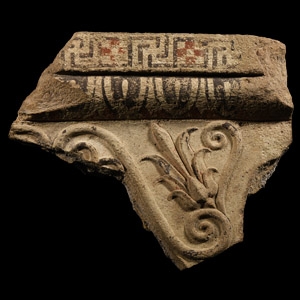
.jpg)


.jpg)
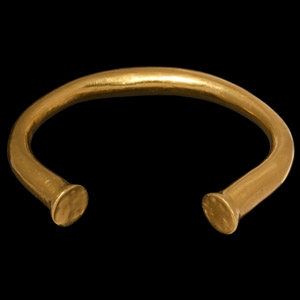
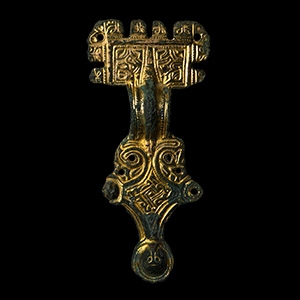

.jpg)
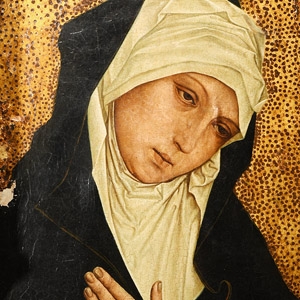

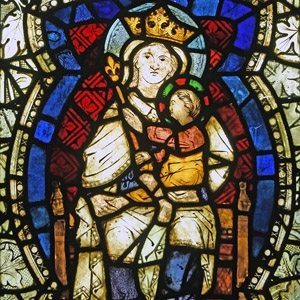
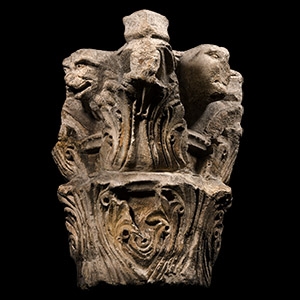
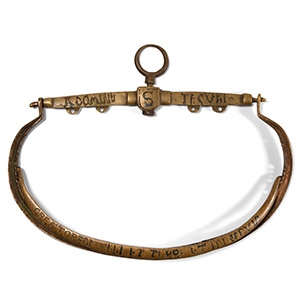
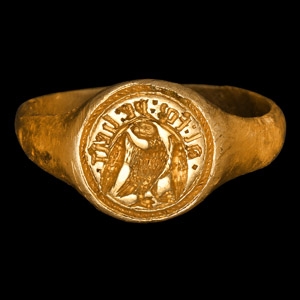
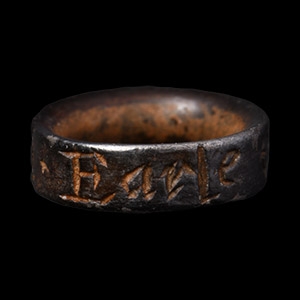
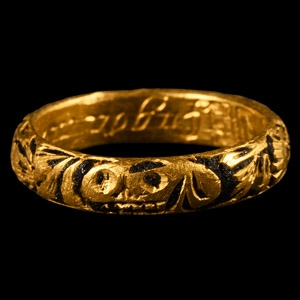
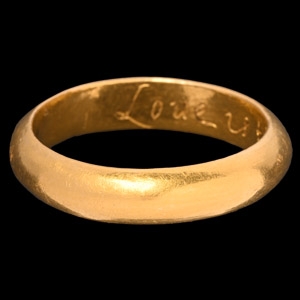
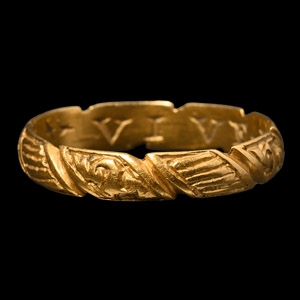
![English Milled Coins - George VI - 1937 - Cased RM Proof Coronation Gold Set [4] English Milled Coins - George VI - 1937 - Cased RM Proof Coronation Gold Set [4]](https://timelineauctions.com/upload/images/items/small/203351-s(2).jpg)
